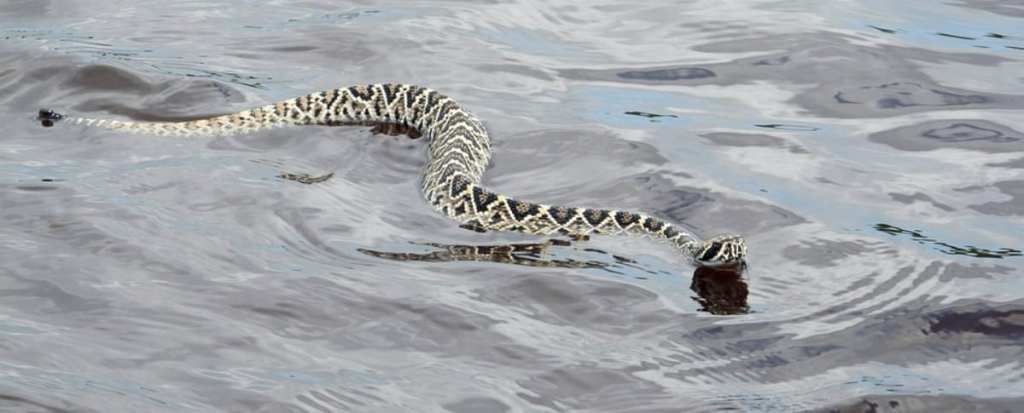Trending Now
Whenever someone gets bitten by a big, scary snake on television or in the movies (even, sigh, in books), the cowboys involved always apply a tourniquet to sequester the poison and then cut the wound site so they can “suck out the poison.”
If you’re someone who spends time outdoors (or is planning to visit somewhere with big, scary snakes, like Australia or Asia), you might have wondered if those techniques actually, you know, work. Since about 5.4 million people are bitten each year by snakes (about half that number by venomous snakes) and between 81,000-138,000 people die from the bite…well, you’re not at all wrong to want to be prepared.

Photo Credit: Pixabay
Unfortunately, both the tourniquet and the “cut and suck” method aren’t going to save your life. In some cases, they could even make things worse.
Venom spreads quickly through the bloodstream, so the chances of sucking out a substantial amount is pretty close to nil. What trying to suck it out could possibly do is to increase your risk of infection and cause more tissue damage, so go ahead and put down the knife.
Likewise, a tourniquet might keep the poison in a smaller part of your body, but that’s actually not what you want – it could cost you a limb, in the long run.
So what should you do instead?

Photo Credit: Pixabay
Well, the medical recommendation is to not touch the wound, remove any tight clothing, and remain calm as you seek immediate medical assistance (remaining calm is important cause it keeps your heart rate down). You should also avoid caffeine, alcohol, and any other stimulant that could increase your heart rate and spread the poison faster. If you can, kill the snake and bring it with you, take a picture of the snake, or commit its markings to memory – anything you can do to better assist healthcare professionals who are trying to determine the correct anti-venom may be lifesaving.
If you’re not sure whether the snake that bit you was poisonous, there are a few things you can do. First and foremost, research the areas where you plan to be outdoors for potential hazardous specials (this is a preparatory step best taken before a snake encounter). Second, check the snake’s pupils – venomous species tend to have elliptical pupils (like a cat), while non-venomous snakes often have round pupils.

Photo Credit: Pixabay
Even if the snake that bit you turns out to be poisonous, you may be ok – up to 25% of venomous snakebites are “dry,” which means they bite without depositing any venom. If you’re too big to make a meal off of, they may decide not to waste their resources.
There you have it! I hope you’ll never need to use this information, but as with all bits of knowledge, it never hurts to have it in the bank, just in case.






